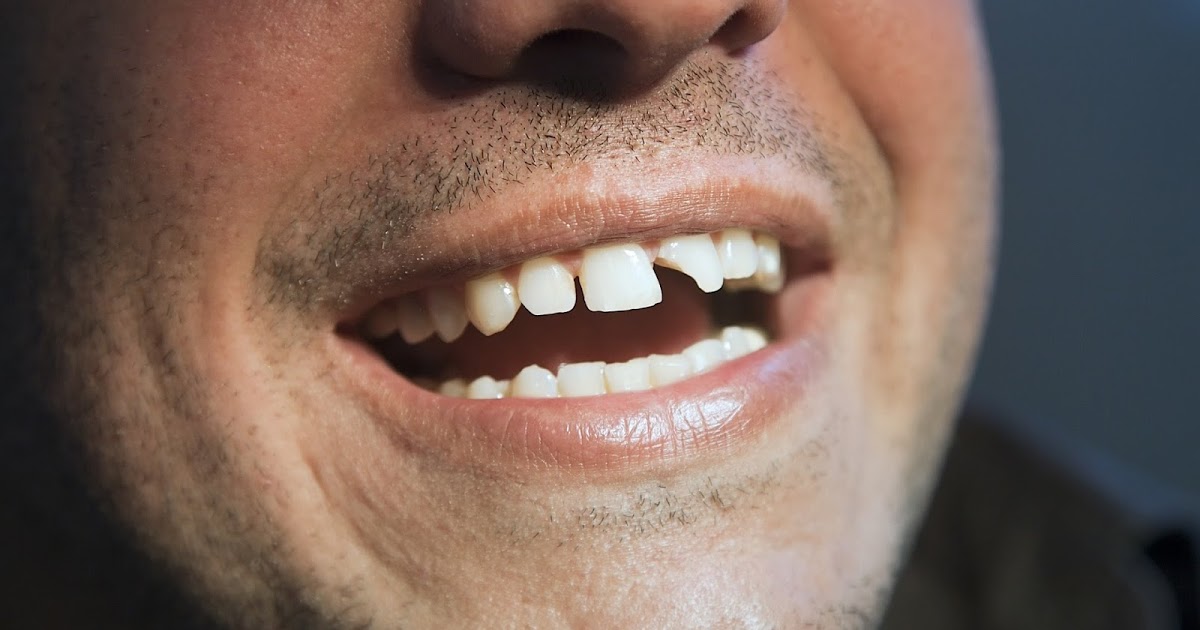Causes And Risk Factors For Pulpitis
Pulpitis is the inflammation of the inner part of the tooth or pulp, which houses the nerves and blood supply for each tooth. Many times, this is caused by bacteria invading the pulp, resulting in inflammation. The inflammation can cause pain and discomfort in the tooth. There are two kinds of pulpitis. Reversible pulpitis is characterized by pain that strikes and then goes away, like if individuals drink something too cold. This is when a filling might be appropriate. Irreversible pulpitis is more serious and can mean the pulp is damaged and cannot be saved. Patients may experience an abscess in the area because dead tissue and infection overtook the pulp and the blood supply was lost. This is when a root canal might be necessary.
Get familiar with the causes and risk factors for pulpitis now.
Fractured Tooth

If individuals suffer from a fractured tooth, it may expose the pulp of the tooth. When this happens, patients are essentially exposing the nerves to the air. Patients might experience a lot of pain and discomfort when this happens. When the tooth is cracked or fractured, it allows for movement in the pulp, causing irritation. If individuals do not get it fixed quickly, it can cause irreversible damage to the pulp and it will not be able to heal itself. Additionally, it leaves the tooth susceptible to infection of the pulp, bone, and gum. A fractured tooth can be saved if too much damage has not been done. This can be accomplished with either a filling to fill in the crack or a crown to cover the tooth and hold everything in place. This will save the existing tooth, pulp, and root.
Uncover more causes and risk factors for pulpitis now.
Tooth Decay Or Cavities

If individuals have tooth decay or cavities, it is important to get them repaired quickly. The longer patients wait, the worse the condition gets, the higher the risk of pulpitis is, and the more treatment they will need. These conditions can be corrected with fillings or crowns. However, if patients put off getting it fixed, the cavity can get worse and break through the hard outer part of the tooth. If the fracture is too bad and the root has been affected, patients might need a root canal and a crown. During a root canal, the dentist removes the pulp and uses a filling to take its place. After the root canal is completed, patients will usually get a crown put on top, which will protect the tooth and prevent any further damage. If the infection is too bad and cannot be fixed with a root canal, extraction of the tooth might be necessary. However, then patients may have to consider getting an implant or a bridge to fill the space where the other tooth was located.
Continue to reveal more risk factors and causes of pulpitis now.
